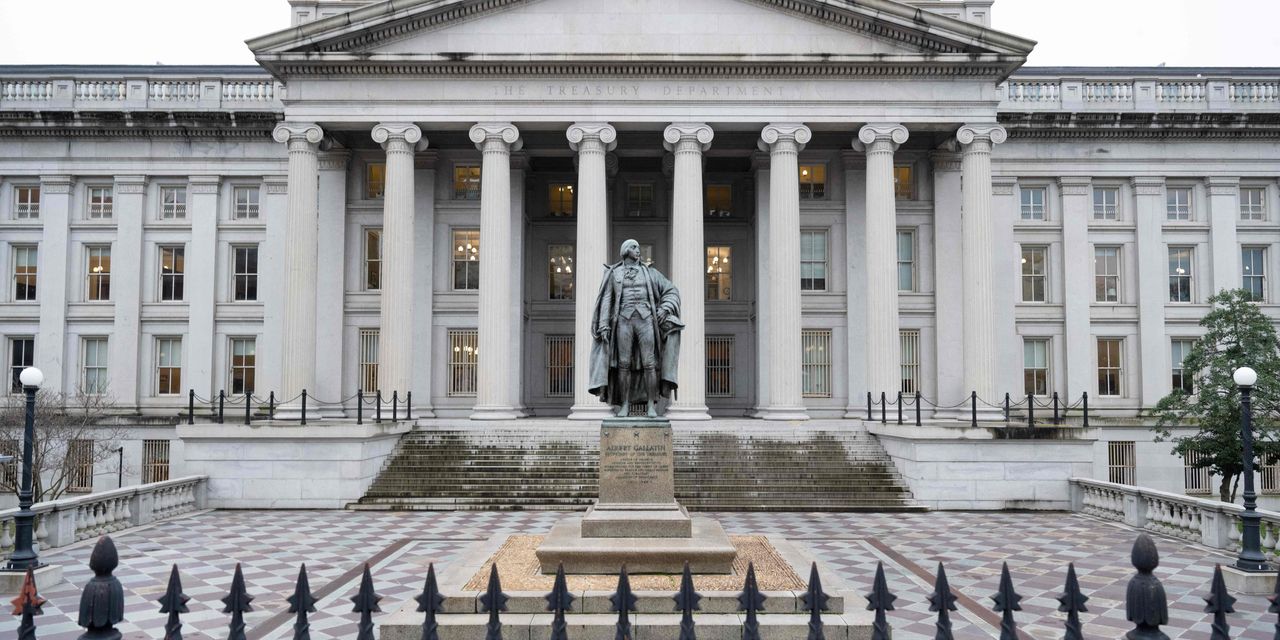The numbers: The federal budget deficit hit $1.6 trillion in the first 10 months of fiscal year 2023, more than double what it was in the year-ago period, the Treasury Department said Thursday. The year-to-date shortfall includes a deficit for July of $221 billion.
Key details: In July, receipts rose by 3% to $276 billion, while government spending also climbed by 3% to $497 billion.
For the fiscal year to date, receipts have fallen 10% to about $3.7 trillion. Receipts have come in lower than Congressional Budget Office projections due to smaller-than-anticipated collections of individual and corporate income taxes, the CBO said in a separate report.
Spending has risen 10% to $5.3 trillion, with some of the biggest outlays being for Social Security, Medicare and Medicaid.
The government’s fiscal year runs from October through September.
Big picture: The latest deficit numbers come in the wake of the downgrade of U.S. debt by Fitch Ratings, a move the agency said reflected “expected fiscal deterioration,” among other things. The Biden administration blasted the action, with Treasury Secretary Janet Yellen calling the U.S. economy “fundamentally strong.”
Market reaction: U.S. stocks
SPX
climbed on Thursday but were off session highs, after a report on consumer prices showed inflationary pressures remained relatively subdued last month.
Treasury yields
BX:TMUBMUSD10Y
were little changed after an initial knee-jerk decline after the release of the CPI data faded.
Read the full article here








